Bird watching
The North Pennines is a wonderful place to watch birds. The rich mix of habitats, wildlife and stunning landscapes in the AONB is unique in England. The thrilling swoop and cry of the lapwing during its breeding display and the ethereal bubbling song of the curlew are just two of the wonders to be found.
The moorlands of the North Pennines support a wide variety of birds such as the abundant red grouse, 80% of England’s black grouse and nationally important populations of golden plover, curlew, short-eared owl and merlin. Other breeding birds using the moors include dunlin, redshank, oystercatcher and meadow pipit.
Our woodlands support uncommon species like migratory wood warbler, pied flycatcher, redstart and tree pipit as well as a range of common resident species. The woodlands of Allen Banks and Staward Gorge are home to a population of the fish eating gossander. While upland hay meadows are of great importance to breeding birds such as yellow wagtail, redshank and lapwing.
Our bird walks will introduce you to the North Pennines, its special habitats and birds. Alternatively book a place on a wildlife tour or take part in one of the events at the Moor House-Upper Teesdale National Nature Reserve and Geltsdale RSPB Nature Reserve.
Allen Banks & Staward Gorge: North Pennine Birdwalks - Walk 3
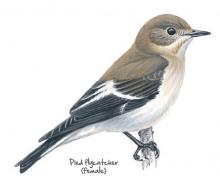
Allendale: Hay Time Walk 1

Ark on the Edge - Animal Rescue Centre, Teesdale

Baldersdale: Hay Time Walk 3
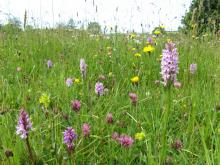
Baybridge Picnic Area
Blackton Reservoir: North Pennine Birdwalks - Walk 14
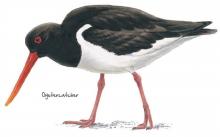
Blanchland: Along the river bank (A trail of three tails!)

Blanchland: North Pennine Birdwalks - Walk 5

Bowlees Picnic Area

Bowlees Visitor Centre

Burnhope Head: North Pennine Birdwalks - Walk 7

Cowshill (Weardale): North Pennine Birdwalks - Walk 8
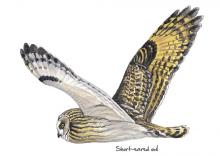
Derwent Gorge: North Pennine Birdwalks - Walk 6
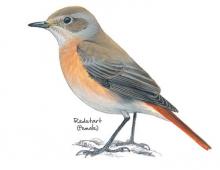
Derwent Reservoir - Walks, rides and wildlife

Derwent Reservoir and Pow Hill Country Park

Derwent Reservoir: North Pennine Birdwalks - Site 1

Dufton Pike: North Pennine Birdwalks - Walk 11
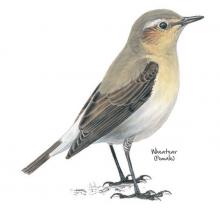
Egglesburn Wood
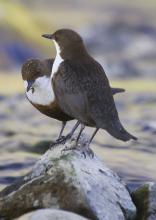
Garrigill: North Pennine Birdwalks - Walk 10
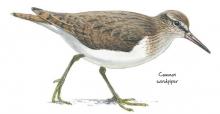
Hamsterley Forest

Hannah's Meadow Nature Reserve
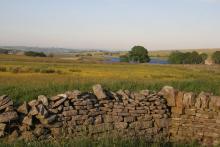
Harwood Beck and Widdybank: North Pennine Birdwalks - Site 3
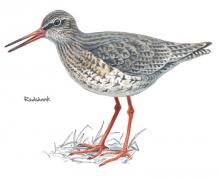
Hayberries Nature Reserve
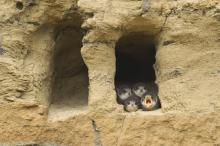
High Force and Bowlees Geotrail

Howden Burn (Weardale): North Pennine Birdwalks - Walk 13
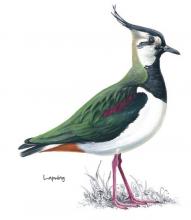
Ireshopeburn (Weardale): Hay Time Walk 2
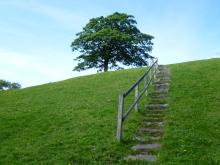
Lambley and the South Tyne: North Pennine Birdwalks - Walk 1
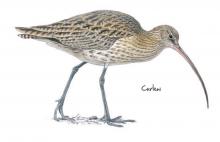
Low Barns Nature Reserve

Newbiggin and the Carriers’ Way

North Pennine Birdwalks Site 2: Ouston Fell
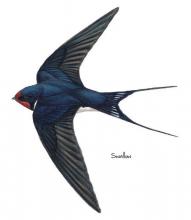
Over the hill to Cowbyre Farm

RSPB Geltsdale Walking Trails

Slitt Wood and West Rigg Geotrail
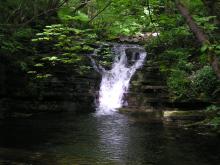
Teesdale Reservoir Walk

The Chimneys and Dryburn Moor (Allen Valleys): North Pennine Birdwalks - Walk 4
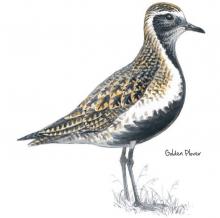
The National Trust - Allen Banks and Staward Gorge woodland walk

Tindale Tarn: North Pennine Birdwalks Walk 2

Tunstall Reservoir Walk

Tyne Train Trails - Riding Mill to Corbridge
Up on the ridge: Moor House-Upper Teesdale NNR
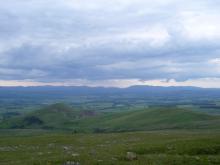
Upper Teesdale (Hanging Shaw): North Pennine Birdwalks Walk 12

Upper Teesdale Wildflower Walk
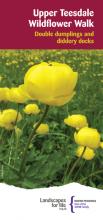
Waterfalls and wildlife walk: Moor House-Upper Teesdale NNR

Wellhope Moor (Nent Valley): North Pennine Birdwalks - Walk 9

Widdybank Fell Nature Trail: Moor House-Upper Teesdale NNR

Wild North Discovery






